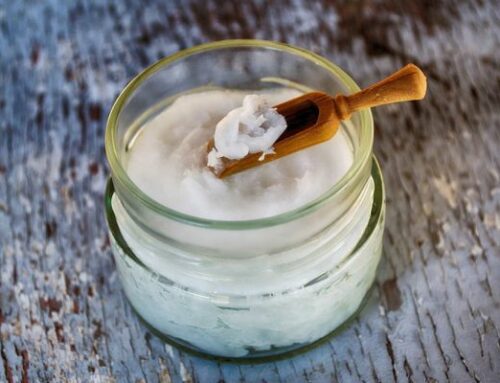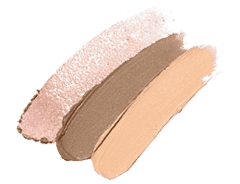For millennia prior to capitalism, we made everything we needed, or paid a local producer to do it for us. The advent of the industrial revolution has seen factories replace locally-made goods, which has foregone quality for quantity. Nowadays, we’re seeing a sort of regression back to those more self-sufficient times, with more and more people making their own makeup or other cosmetic products.
One such industry which is seeing a huge revival in homemade solutions is the beauty industry. This has been made even easier by the sheer amount of suppliers utilizing sustainably sourced materials for their beauty product ingredients. As a provider of natural cosmetics, we believe it’s important that our customers know that while we back everything that we supply, we suggest avoiding the addition of certain ingredients. Here’s a look at which ingredients don’t fit into our green chemistry philosophy, why to avoid them, and some natural alternatives when making your own makeup.
3 Main Chemicals Groups to Look Out For
The first three chemicals we look at are also the most commonly mentioned around this topic, and for good reason. Just like we stopped using asbestos in our houses and lead in our paint, so too do we need to stop using the following in any of our beauty products. Not only are they bad for our skin, but all three are known to be sourced via environmentally-unfriendly practices.
Sulfates
If you remember anything from high school chemistry, the name should be enough of a deterrent in itself. Sulfates are salts which occur when sulfuric acid (H2SO4) reacts with another chemical, and are used in beauty products for their lathering properties.
Sulfates can cause irritation to both the eyes and skin, and can prematurely strip dye out of hair. There’s also plenty of evidence that the sourcing of sulfates is terrible for the environment, with the main sources being petroleum and palm oil.
Instead of sulfates, try utilizing oil or solid-based ingredients, rather than liquid. Our sulfate-free hand soap
Parabens
Parabens are found in a huge range of things, and are relied upon as a preservative in beauty products, aiming to keep them fresh and germ-free. Although this comes at a price, which is that they cause increased production of estrogen, which may cause hormonal problems. They also increase the risk of breast cancer by triggering excessive cell division in the breasts.
As parabens are typically used as preservatives, you can get around this by making note of when you open your beauty products without preservatives. Being sure to get rid of them after 6 – 12 months, depending on use.
Phthalates
These are salts or plasticizing chemicals which are used for making a product more spreadable. You can find them in nail polish, perfumes and lotions, and they’ve also been used in shampoos as softeners. Phthalates are both reproductive and developmental toxins, so avoid using them at all costs.
Again, the creation of oil- or solid-based products will remove the necessity of this chemical.
Synthetic Colors
Perhaps the most ridiculous ingredient in any beauty product are the synthetic colors, which make the product look more “beautiful”. Synthetic colors are derived from petroleum or coal tar.
Petroleum
Not only do petroleum based products have proven negative effects on our bodies and in our systems, the ways we source petrol is incredibly damaging to the environment.
Coal Tar
If you saw coal tar on the ingredients label of your beauty products, you probably wouldn’t buy those products. Yet, countless producers get away with putting coal tar into all manner of products under the guise of them being used as synthetic colors.
The use of any synthetic colors has been linked to skin irritations, cancer, and acne breakouts, with some evidence suggesting they may also cause ADHD.
Instead of coloring your product, so it looks good on ads, consider simply leaving it whatever color it comes out. We don’t need to beautify beauty products.
Fragrance
As with the appearance of beauty products, often we’re manipulated through our sense of smell, with beauty products smelling how we imagine beauty and cleanliness smell. Although many typical chemicals used for fragrance in them are related to respiratory disorders, dermatitis, skin allergies, and problems with the reproductive system. However, that does not mean all chemicals that impart fragrances are bad for you.
Unless scent is at the center of your product, opting for unscented is always going to be a healthier and natural approach–that is, unless you’re taking great advantage of programs such as Green Chemistry
Making Your Own Makeup and Cosmetics With Phoenix Chemical
Phoenix Chemical will provide raw cosmetic materials for helping brand owners and experimenters in making their own makeup or other cosmetic products. To learn more about how we can help you, contact us today!







